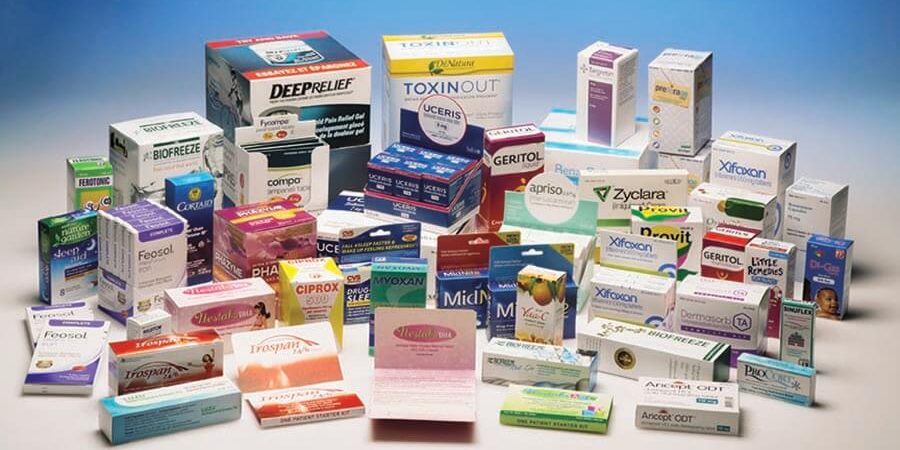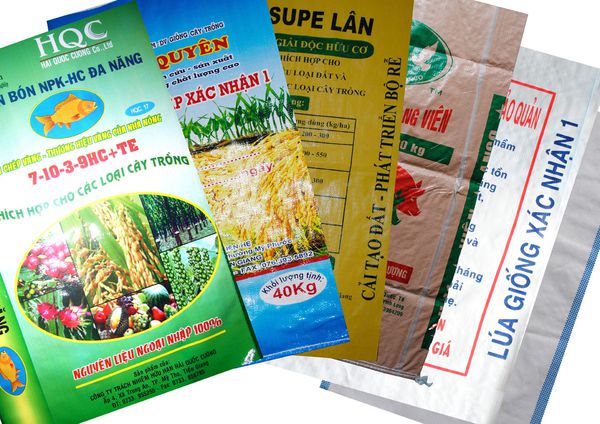The truth about self-destructing packaging
In terms of technology, it is known that the production process of this type of packaging is no different from the usual nylon bags and films that the Packaging Company has done for a long time.
- People add to the input material (plastic beads) an additive imported from the US called D2W. "Depending on the concentration and properties of the membranes that D2W is added in a certain rate so that these bags and plastic bags will decompose quickly or slowly, usually from 3 to 6 months",
- The price of this bag will be 10-20% higher than that of conventional nylon bag.
There is also a thermal transfer printer with "mechanical self-destructing" packaging that is very different from the "biodegradable" foam bag produced by leading corporations in Europe such as BASF, Biotec, Bruckner (Germany) or Novamout (Italy).
(will be introduced later)
- Self-biodegradation Made from organic materials such as cornstarch, under the influence of microorganisms that are abundant in the natural environment, "biodegradable" packaging will transform into simple organic substances. , easily soluble and harmless, even decomposes into carbon dioxide (CO2) and water.
- However, if you go into this area, there are still many limitations: Meanwhile, bags or bags made of plastic beads (HDPE, LDPE or LLDPE) under the effect of additives such as D2W or Alta Degradable ... just crumbled into pieces 2-5mm in size. Regarding the impact on the environment, these "inert" PE debris remain in nature for 50- 80 years, even more easily dispersed into soil and water sources. That is not to mention the harmful effects of the accompanying chemicals such as inks or colorants used to print on the packaging.
Currently domestic consumer goods distributors such as Metro (Germany) or Big C (France) ... have started to restrict the use of nylon bags, while the authorities are also proposing Necessary measures - such as user fees ...
At present, a few businesses have bravely invested in the production of self-destructing packaging, spending millions to tens of millions of dollars for blown nylon packaging lines.








